Date Third Week of August | ||
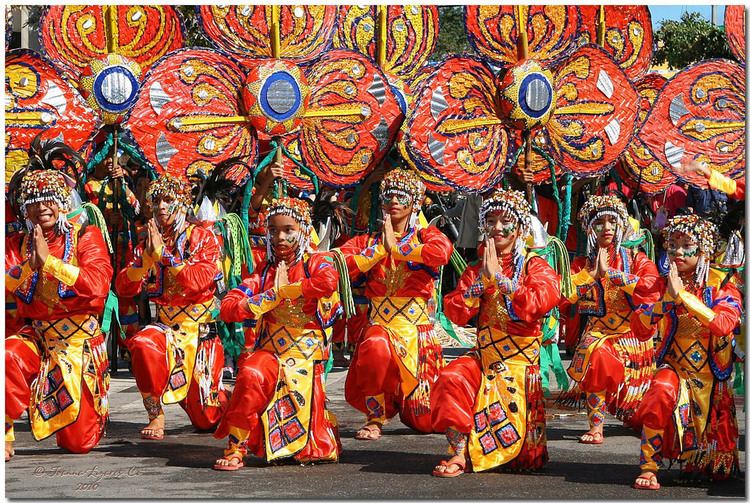 | ||
Type Thanksgiving / Cultural Similar MassKara Festival, Mount Apo, Sinulog, Panagbenga Festival, People's Park | ||
Davao kadayawan festival 2016 saranggani
The Kadayawan Festival is an annual festival in the city of Davao in the Philippines. Its name derives from the friendly greeting "Madayaw", from the Dabawenyo word "dayaw", meaning good, valuable, superior or beautiful. The festival is a celebration of life, a thanksgiving for the gifts of nature, the wealth of culture, the bounties of harvest and serenity of living. It is held every third week of August.
Contents
- Davao kadayawan festival 2016 saranggani
- Kadayawan festival 2nd placer
- History
- Today
- Davao River Festival
- Sayaw Mindanaw
- Lumadnong Bantawan
- Tunog Mindanaw
- Hiyas sa Kadayawan
- Indak Indak sa Kadalanan
- Pamulak sa Kadalanan
- References
Kadayawan festival 2nd placer
History
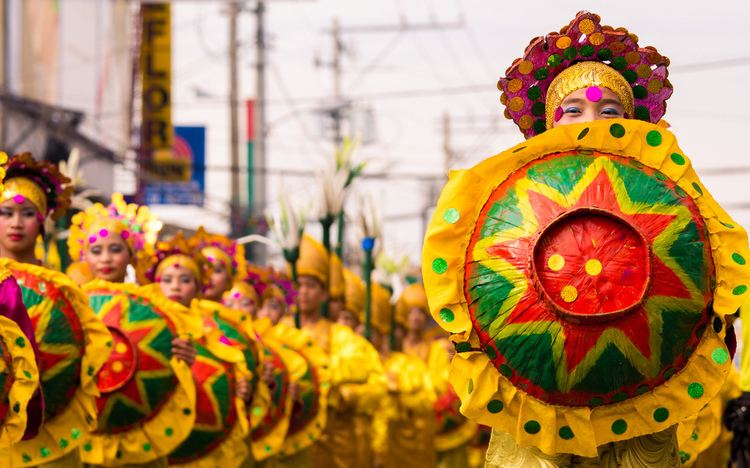
This ritual serves as their thanksgiving to the gods particularly to the "Manama" (the Supreme Being) and Bulan (a moon deity) that the first gathering was on a night of a full moon, It was said that, long time ago, Ancient Visayans and Davao's ethnic tribes residing at the foot of Mount Apo would converge during a bountiful harvest and had to celebrate the full moon because they believed "the diwata came to earth at that time" so did the other islanders and tribesmen. The full moon was greeted with a variety of names- 'paghipono', 'takdul', 'ugsar'- but most significantly as "dayaw" [at present it is kadayaw in some Bisayan Islands], perfect or praiseworthy, fit recognition of its spectacular shape and sunset-to-sunrise brilliance. It was so beautiful that the pre-colonial people praised and believed it was the reason for their bountiful harvest
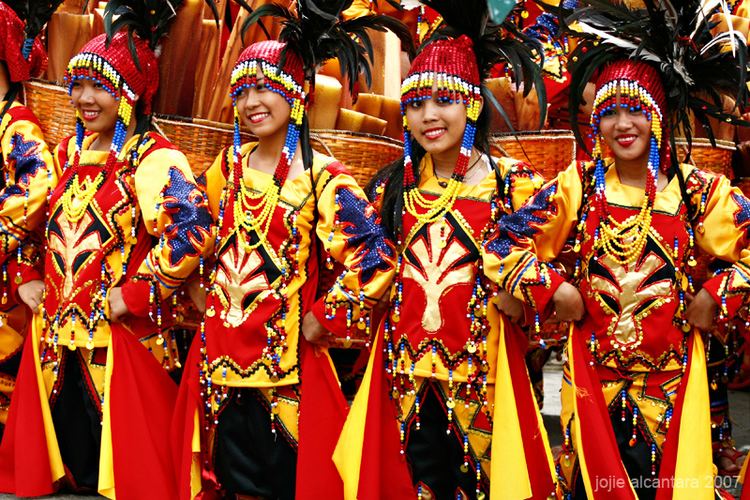
Various farming implements, fruits, flowers, vegetables, rice and corn grains were displayed on mats as villagers give their respect and thanks for the year's abundance. Singing, dancing and offerings to their divine protectors are the highlights of this ritual.
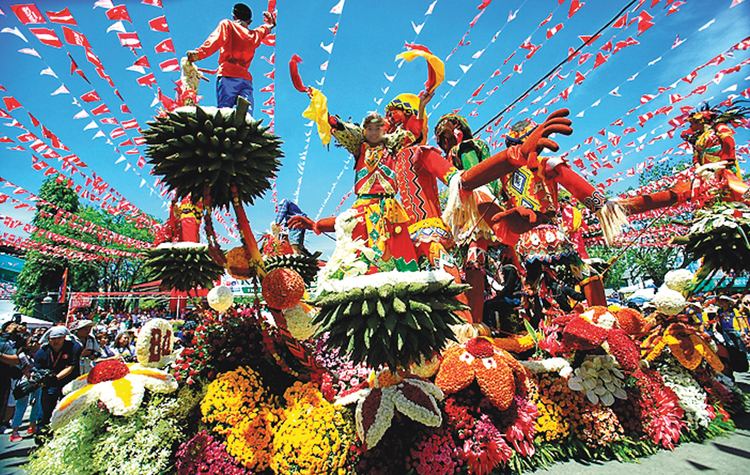
Although times have changed, this practice of thanksgiving or "pahinungod" is still very much practiced by modern-day Davaoeños. This tradition flourished and evolved into an annual festival of thanksgiving.
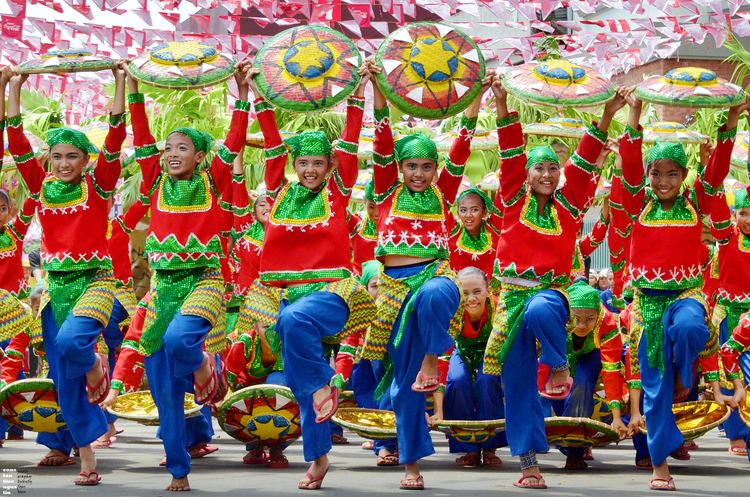
In the 1970s, Mayor Elias B. Lopez, a Bagobo, initiated tribal festivals featuring the Lumad and the Muslim tribes of Davao City where they showcase their dances and rituals of thanksgiving.
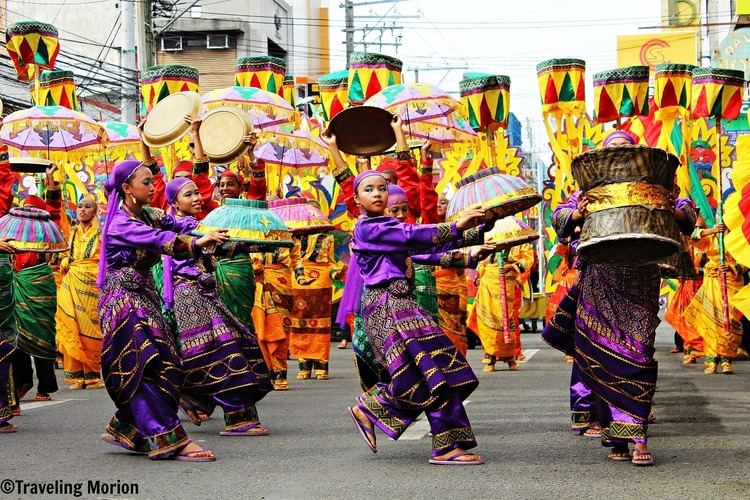
Later in 1986, a program called "Unlad Proyekto Davao" was initiated by the government which was aimed to unite the Dabawenyos after the turbulent Martial Law era. At that time, the festival was called "Apo Duwaling," a name created from the famous icons of Davao: Mt. Apo, the country's highest peak; Durian, the king of fruits; and Waling-waling, the queen of orchids.
"Apo Duwaling" was meant to showcase the city as a peaceful destination to visit and to do business after 1986 EDSA Revolution.
Finally in 1988, City Mayor Rodrigo Duterte renamed the festival as "Kadayawan sa Dabaw" to celebrate the bountiful harvest of Davao's flowers, fruits and other produce as well as the wealth of the city's cultures. To this day, the festival continues to honor the city's richness and diverse artistic, cultural and historical heritage in a grand celebration of thanksgiving for all of Davao City's blessings.
Today
cultural and historical heritage, its past personified by the ancestral Lumad people, its people as they celebrate on the streets, and its floral industry as its representatives parade in full regalia in thanksgiving for the blessings granted on the city. A celebration that interfaces the three aspects: tribal; industrial and; arts and entertainment. The festivities are highlighted with floral floats, street-dancing competitions and exhibits that showcases the island's tourism products and services.Today, the recognized original tribes of Davao are here for political reasons. They are recognized because of their present-day influence since they have organized themselves well. They are given deputy mayors to be their representatives to the political powers of Davao City. The present tribes of Davao is not based on historical accounts of the original inhabitants at all. They have removed the Mansakas and Mandayas from the list and replaced them with the Muslim tribes like Maranao, Tausug, and Maguindanao. Their reason is Mansaka is from Davao del norte and Mandaya is from Davao Oriental. What they didn't notice is the places they said have "Davao" in their names while the Maguindanaos, Tausugs and Maranaos are obviously not from a place called Davao. What is more ironic is that Mandaya and Mansaka have the word "madayaw" in their dialects from which the "Kadayawan Festival" is derived.
If the tribes are recognized because of their present numbers in a city then the Muslim tribes (especially the Maranaos) must have been also recognized as original tribes by other cities and municipalities since they are found in numbers in every city and municipality in the Philippines.
Davao River Festival
This year bears witness to the revival of the Davao River Festival. The tribes will have their own floats and will be introduced in the fluvial parade along DaWOW AMAZING (Davao) River on August 16. The parade of these colorful floats is not to be missed because the last time there was such an event was in 2008. I’m quite sure that the ethnic tribes have given their best to create these stunning floats.
Sayaw Mindanaw
Davao City takes pride of its tribal and ethnic roots. Each of the 11 tribes has its own set of dances, rituals, and customs. These are showcased in the dance competition, although the participants are not necessarily a representative of a tribe.
Lumadnong Bantawan
The indigenous people of Davao City offer performances that depict the life, history, culture, and numerous talents. Each of the tribes is given the chance to offer the performance of a lifetime in different timeslots and location in a series of shows.
Tunog Mindanaw
This is a songwriting competition open to the public but focuses on the unique sounds and instrumentations of the region. Songwriters create Mindanaoan-inspired music that gives you a glimpse of the rich culture of Davao City and its neighbors.
Hiyas sa Kadayawan
Tribal communities select their most skilled and attractive women to participate in a pageantry that celebrates Mindanaoan myths and legends, emphasizing the importance of indigenous knowledge and cultural wisdom. These remarkable women, chosen for their beauty and talent, partake in parades, engaging spectators with their smiles and representing their heritage with pride.
Indak-Indak sa Kadalanan
This street parade is a must-see in the festival, with the city’s major thoroughfares closed off to traffic for the entire event. This colorful parade features graceful dancers decked in splendid, colorful costumes and dancing to the beat of ethnic-inspired music. This happens on August 17. The streets come alive with millions of stunning colors from the dancers and their glorious costumes and props. The competition showcases local talents whose dancing prowess can make you dance to the beat of their music. It is a day of cheers and smiles – prepare to be amazed.
Pamulak sa Kadalanan
On August 18, Pamulak sa Kadalanan brings parades to a whole new level, introducing a colorful parade of majestic floral floats that offer a wide range of stunning designs and intricate craftsmanship. The event was designed to showcase the beautiful flowers and abundant vegetation grown across the city.
T he festival is celebrated in the month of August with floats of fresh flowers and fruits, and indak-indak sa kadalanan or street dancing in colorful costumes. A variety of tribes parade the streets with their tribal costumes and jewelry. The city of Davao comes alive every year in August when it holds it yearly harvest festival. The streets are adorned with local fruit & vegetables while people hold street dances with abandon for four days. The harbour is the venue for native & power boat races. Everybody fights for seats to watch the Horse Fighting wherein stallions fight each other over the rights to mate with a mare. The crowd is sometimes tracked by the horses if they get too close. The last day the street is full of costumed dancers dancing to the local beat & decorated floats with glamorous Mindanao girls as eye candy. It's a time of fun & abandon. The festivity is not complete without the Bya'Neng ng Kadayawan or the Miss Kadayawan beauty contest. There is also the horsefight, a tribal animal show similar to the bullfight in Spain.
